Hi, I’m
Amy Pottenger!

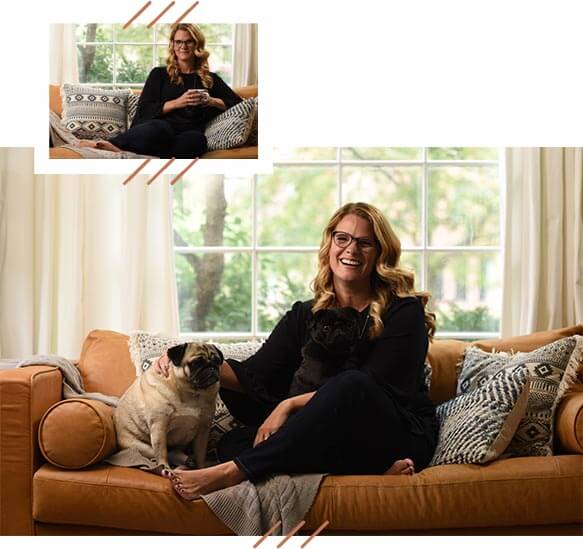
I know first hand what it’s like to be running a business while raising kids and cultivating a thriving marriage. It’s a lot.
It’s my mission to use my 15+ years of experience to create a lifeline for entrepreneurial mamas, helping them realize the homes of their dreams.
Join me
Read more
Home Organizing + The Energy of Clutter
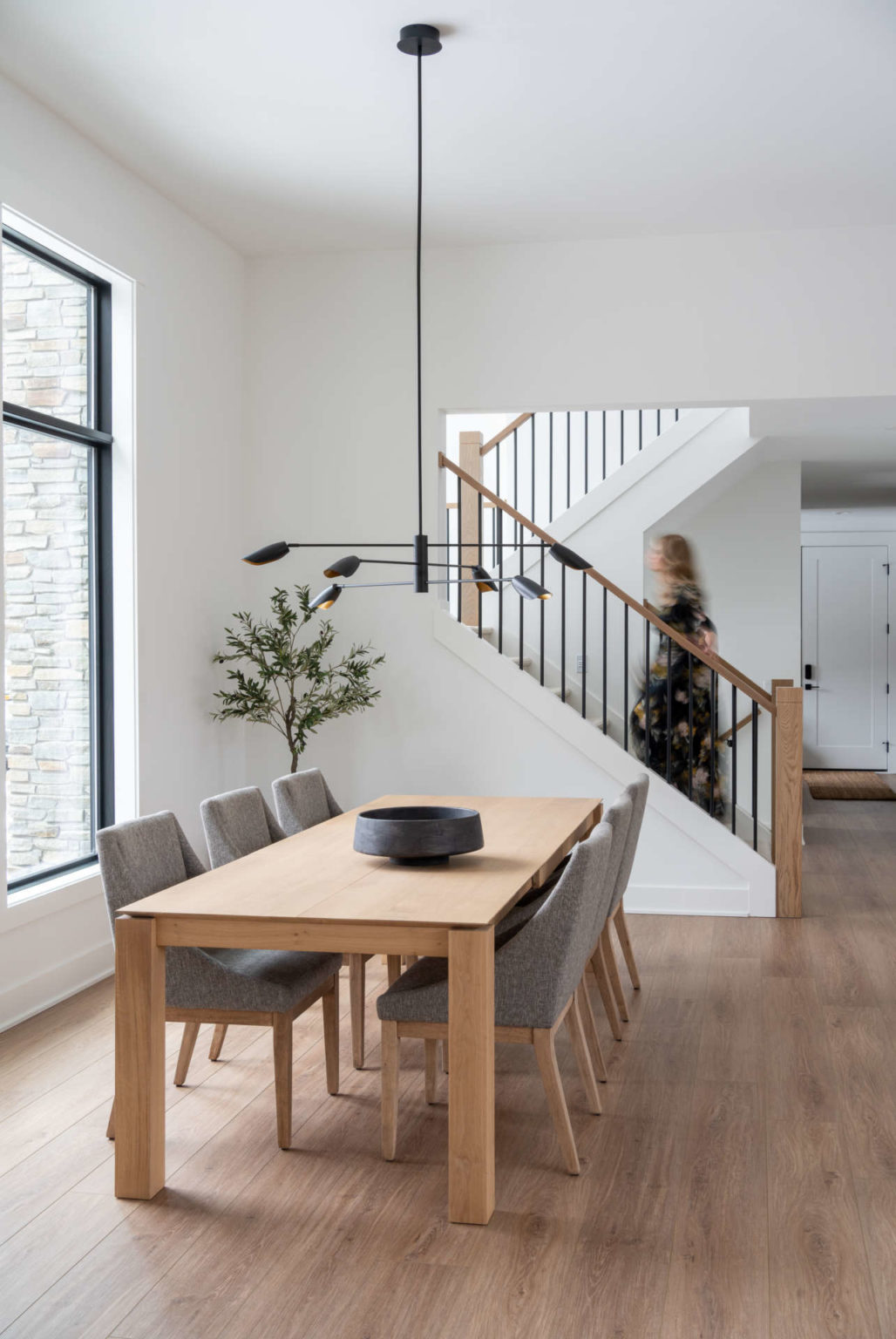
We’ve all been there- regretting not following through with home organizing as we frantically search through the pile on the kitchen counters to find that field trip form, opening the closet door to an overstuffed space but having “nothing to wear”, out of control kids toys that seem to be shoved in every crevice of your home.
Frustrating, right? If you’ve ever dealt with overwhelm in your home, you know that harboring clutter has an effect beyond the just the look of a room. Too much “stuff” in your home is a negative energetic undercurrent, and it can lead to several detrimental effects to your body, mind and spirit:
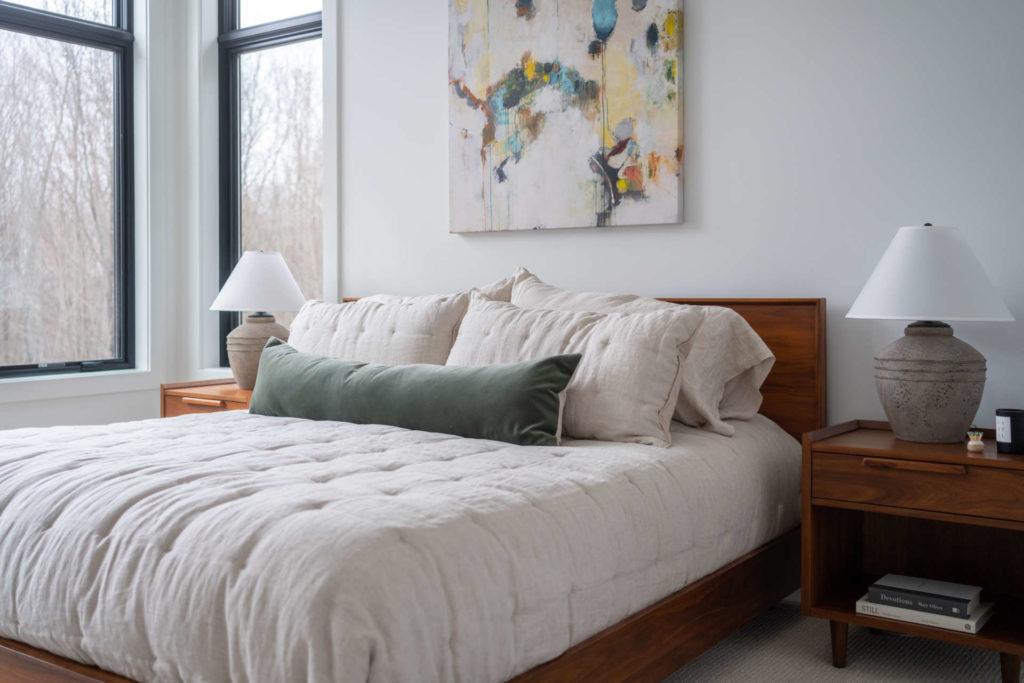
- Higher Stress Levels: A study conducted by the UCLA Center on Everyday Lives and Families found that women who had high levels of clutter in their homes had increased levels of the stress hormone cortisol. This also contributed to higher levels of depression, a harder transition from work to home as well as evening fatigue.
- Procrastination: This study found a link between clutter and procrastination- that people who lived in cluttered spaces were more likely to have trouble focusing, to feel overwhelmed and to procrastinate in their lives.
- Harder Impulse Control: This research suggests that a chaotic, cluttered environment makes it harder to control your impulses- such as indulging in unhealthy eating patterns.
- Relationship Difficulties: Research conducted by the University of New Mexico found that a cluttered home can be a source of conflict and tension among family members, leading to increased levels of stress and decreased levels of well-being.
All of this data shows me that while yes, the effects of clutter can be devastating- the effects of a clutter-free, calm home environment can have an amazing positive impact on our every day lives!
Remember, our homes are our secret weapons, and we’ve just uncovered another tool to make our homes work for us. We now know the detrimental results of overstuffing our living spaces, so now let’s focus on cleaning it up for good and creating environments that are restful and life-giving.
Practical Ways to Clear the Clutter for Good:
Where Do I Start Home Organizing when Everything is a Mess?
There are a couple different ways to approach home organizing, so choose what works for you! I like to start with a high ROI (return on investment) area. One of my favorite ways to do this is to begin with the floor– pick up/put away/get rid of everything you find on the floors that’s piled up or doesn’t belong. Starting with clear floors gives you an almost instant feeling of energetic “lift” and will also give you that visual/psychological “win” that will urge you to continue on with other areas in your home.
If your high ROI area feels really overwhelming, then don’t be afraid to start small instead- go for horizontal surfaces in this case, such as your desk top area or kitchen island or living room end tables. This has the same amount of visual “win” but feels attainable, too.
Or if the above two ideas don’t resonate, start with the room that bothers you the most!
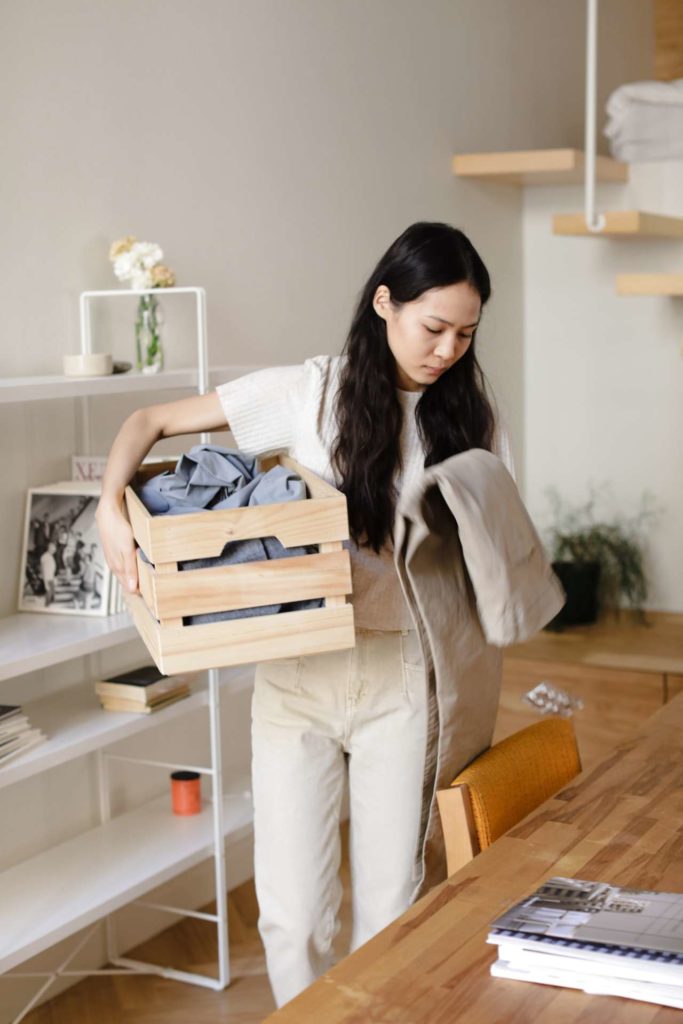
TIP: Remember when you’re getting started, go through a whole space and complete it before moving on to the next one. There’s nothing more overwhelming than emptying your kitchen cupboards, putting half of the stuff away but then starting on your closet instead and dealing with the chaos of organizing two rooms at once (or worse, never finishing any of them).
So don’t worry about de-cluttering all the floors in all rooms of your home- pick one room first, declutter the floor, then do the horizontal surfaces, then work your way into decluttering drawers and closets. Move on to creating your system (see below for tips on that) then when everything in the room is complete, enjoy your finished room (and use it as a respite when you’re clearing out other areas!) and then move on to the next cluttered space you want to tackle.
Create a System + Maintain it for Long Term Success
Once you’ve gotten rid of items that don’t belong, it’s time to create a system with the items you’re keeping – this is the secret sauce to getting rid of the clutter overwhelm for good (and not having to do a huge clean out every year!) Here’s how to do it:
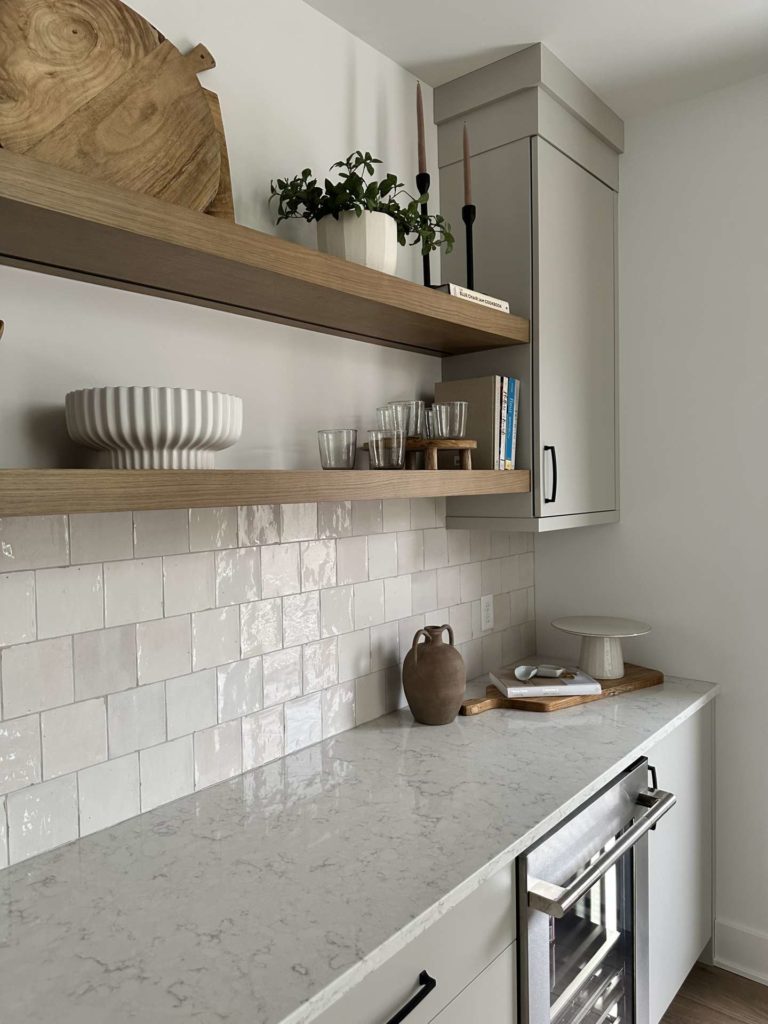
- Assess Your Space: Start with the room you just decluttered and take an inventory of the items you have, how/where you use them and the space you have available to store them. If you have a multi-functional room, you can create your different activity zones now too.
- Categorize Your Belongings: Categorize your belongings into groups. For example, if you’re organizing your pantry you would group like items of food together such as snacks, canned goods, cereal, baking items, etc. You can make a list of all this first, or you can physically group these items together in your space as you go. When you have categories and locations for all the things in your room, this is what will make your system work for you long term and what makes it easy to find what you need. Done using an item? Now you (and your family) can put it right back where it belongs.
- Identify Storage Solutions: Once you have categorized your belongings and decided where they’ll live in the room, NOW you can identify storage solutions that will work for each group. (I bring this up because everyone- me included- wants to run to the container store for fun bins before they even know what items they’re keeping. This is a distraction, don’t fall for it! Only get storage containers when decluttering is done, and you know where you want to put things!)
- Assign Storage Spaces: Assign a designated storage space for each group of belongings. This will help you keep your items organized and make it easy to find what you need. Put the items in their containers and in their locations! Simple.
- Label All the Things: Labeling your storage containers and shelves will make it easy to find items and keep them organized. This is especially helpful if you have multiple people in your household- no more excuses of “I didn’t know where to put that away!”
- Implement Your System: Start implementing your organizational system and make adjustments as needed. Ditch the urge for perfectionism- remember it can take time to get used to a new system, so be patient and persistent, and course correct along the way. An organized home is a journey.
- Regular Up Keep: Another insider hack to staying organized when the clean out is done- you need to maintain all of your hard work! Just because you’ve gotten to this point doesn’t mean you can coast. Clutter is a sneaky, relentless bugger so regularly maintaining your organizational system will ensure you never get to that place of clutter overwhelm again. But the real beauty of this is that maintaining a system is SO MUCH EASIER than starting over and doing a big declutter! All it takes is to set aside time each month (from a few minutes to an hour or so) and declutter and purge items that you no longer need or use. TIP: Maintenance becomes even easier if you are ruthless about what you allow into your home in the first place!
Ready to take your home to the next level? We’d love to work with you! Schedule a discovery call with us and let’s create a home for you that adds to your lifestyle and creates a calm, intentional and beautiful living space.
